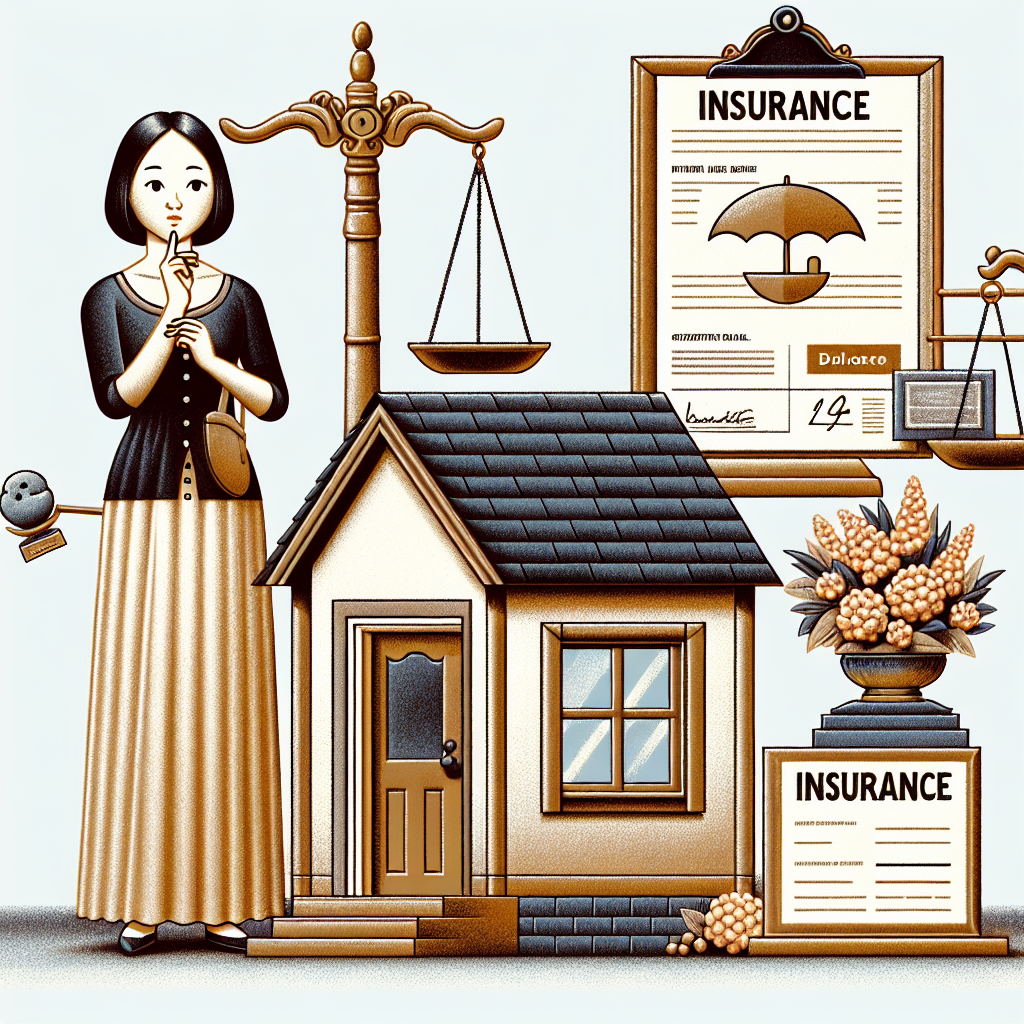Filed under Home Insurance on
Essential Home Insurance Coverage Recommendations

Home insurance is a crucial safeguard for one of the most significant investments you’ll make—your home. Understanding the nuances of essential home insurance coverage can protect you from unexpected financial burdens. This guide will walk you through must-have coverages, ensuring you’re informed and confident about your protection strategy.
Understanding Essential Home Insurance Coverage
When considering home insurance, the sheer volume of coverage options can be overwhelming. It’s vital to comprehend the core coverages and tailor your policy to meet your individual circumstances and risk profile.
1. Dwelling Coverage
At the heart of any home insurance policy is dwelling coverage, which protects the physical structure of your home. This includes the walls, roof, floors, and any built-in appliances or fixtures. In the event of damage from a covered peril such as a fire or storm, dwelling coverage will foot the repair or rebuilding costs.
Research suggests that underinsurance is a common problem, often due to rising construction costs. Ensure your dwelling coverage reflects the current cost to rebuild your home from scratch.
2. Personal Property Coverage
Your belongings—from furniture to clothing and electronics—are valuable. Personal property coverage reimburses for damage or theft of these items. Typically, policies offer a percentage of dwelling coverage for personal property, but assessing your valuables and ensuring adequate limits is wise.
Consider home inventory software or apps to keep track of your belongings, helping facilitate a smoother claims process.
3. Liability Coverage
Liability coverage provides protection against legal or medical expenses resulting from accidents that occur on your property. Whether a guest slips on your icy driveway or a neighbor’s child gets injured while playing at your home, liability coverage will handle the associated costs.
Increasingly, experts recommend liability limits of at least $300,000, considering the potential costs of legal proceedings.
4. Additional Living Expenses (ALE)
This aspect of home insurance coverage eases the financial burden if you need temporary housing during home repairs after a covered loss. ALE covers hotel bills, meal costs, and other necessary expenses while your home is uninhabitable.
Avoid inconvenience by double-checking ALE limits to match your living standards and local costs.
Supplementary Home Insurance Options
Beyond essential home insurance coverage, additional options can enhance your protection and provide peace of mind.
1. Flood Insurance
Standard home insurance typically doesn’t cover flood damage. Considering climate trends and your geographical location, flood insurance might be crucial. With changing weather patterns, areas previously safe from flooding can now be at risk.
FEMA’s FloodSmart website provides valuable insights on flood zones and potential risks.
2. Earthquake Insurance
Similar to floods, earthquakes are not covered by standard policies. Living in an earthquake-prone area necessitates this additional coverage to safeguard your home’s structural integrity and belongings.
Consult regional geological surveys to assess your earthquake risk accurately.
3. Scheduled Property Endorsements
For those owning high-value items like jewelry, art, or heirlooms, standard personal property limits might fall short. Scheduled property endorsements offer additional coverage for specific items, ensuring you’re compensated to the value of those treasures.
Regular appraisals can help maintain accurate levels of coverage for these valuables.
Expert Recommendations for Optimal Coverage
While balancing essential home insurance coverage needs, certain strategies can optimize your policy. Let’s delve into expert advice for comprehensive protection.
1. Regular Policy Reviews
Your coverage should evolve with your home and life changes. Annual reviews with your insurance agent can help realign your policy with your current needs, considering factors like home improvements, lifestyle changes, or market trends.
2. Increase Deductibles for Reduced Premiums
By opting for higher deductibles, you lower your premium costs. This strategy fits those who can afford out-of-pocket expenses for smaller claims, focusing instead on covering catastrophic events.
3. Enhance Security Measures
Insurance companies often offer discounts for homes with improved safety features—alarm systems, deadbolt locks, smoke detectors, and more. Investing in security not only protects your family but also reduces premiums.
- Install a professional security system.
- Integrate smart home technology.
- Maintain regular maintenance of security apparatus.
4. Bundle Insurance Policies
Consider bundling your home insurance with auto or other policies. Many insurers offer significant discounts for multi-policy holders, providing savings while simplifying management.
Trending Industry Insights
The home insurance landscape continuously evolves. Stay informed about trends and updates that may influence your coverage decisions.
1. Climate Change Impact
Climate change is reshaping risk landscapes, with insurers increasingly evaluating environmental effects. This evolution could lead to higher premiums or changing coverage availability, emphasizing the need for proactive risk management.
2. Digital and AI Integration
Insurers are embracing technology, offering digital platforms for easier policy management and claims processes. AI-driven analytics help pinpoint risks more accurately, potentially benefiting premium calculations and coverage options.
Conclusion
Determining the right home insurance involves careful analysis of essential coverage options combined with supplementary protections. Regular policy evaluations and incorporating expert recommendations help to withstand financial shocks. Staying updated with industry trends can further ensure your policy remains robust against evolving risks. Always tailor your coverage to suit your unique lifestyle and homeowner needs, ensuring peace of mind as you protect what matters most.




